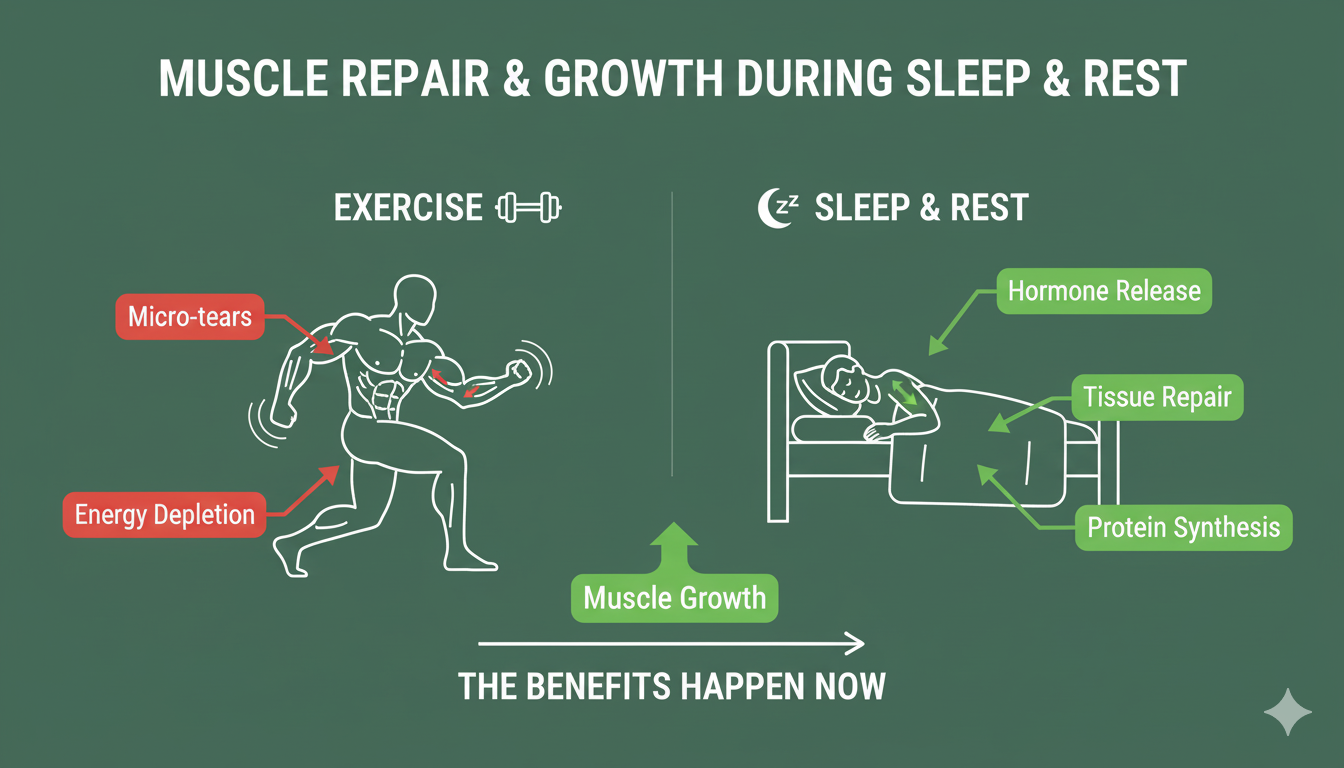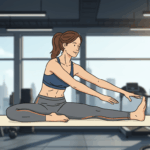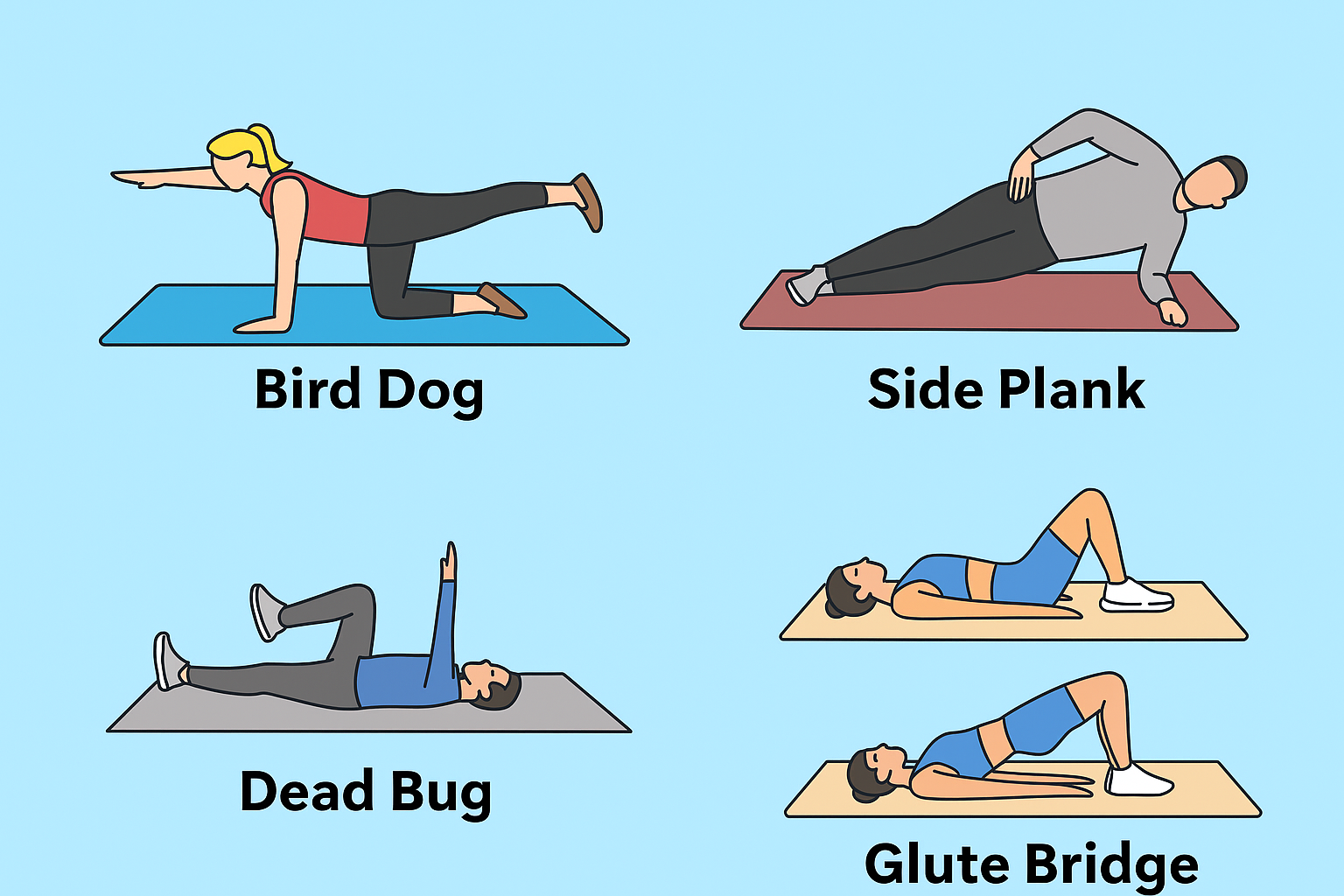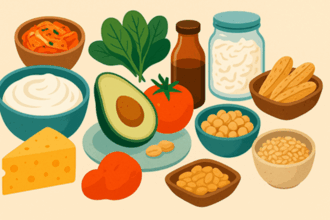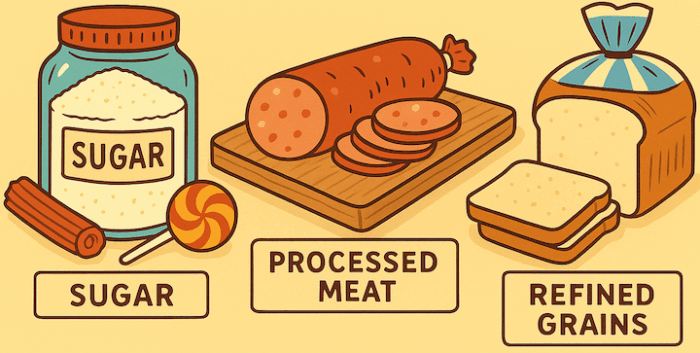[The 40s Redesign, Part 8]: The Art of Recovery: You Don’t Get Stronger in the Gym
Welcome back to the 40s Redesign.
We’ve spent the last three posts building your new 40s workout plan.
- Part 5: Strength Training (The Foundation)
- Part 6: HIIT (The Accelerator)
- Part 7: Mobility (The Insurance)
You now have a powerful physical “stimulus” to force your body to build muscle, burn fat, and become resilient.
But here is a fundamental truth you must accept in your 40s: You do not get stronger, faster, or fitter in the gym.
The workout is just the “damage” phase. You are tearing down muscle fibers and taxing your nervous system. The magic—the fat-burning, the muscle-building, the “results”—happens after you leave.
It’s called Recovery.
In your 20s, you could ignore it. You could work out, party all night, sleep for four hours, and show up to do it all again. In your 40s, that’s a one-way ticket to burnout, injury, and zero results.
1. The 40s Problem: The “Repair Crew” Is Slower
Why can’t we “bounce back” anymore? It’s simple:
- Hormonal Slowdown: The hormones that manage your “repair crew” (like HGH and testosterone) are in shorter supply (as we learned in Part 1). The crew is smaller and slower.
- Chronic Stress: Your “stress hormone” Cortisol (Part 4) is a catabolic hormone. That means it actively breaks down muscle. If you’re stressed 24/7, your repair crew can’t even get to the worksite. You’re trying to build a house while a demolition team is also on site.
Because of this, you’re not just “sore.” You’re experiencing Delayed Onset Muscle Soreness (DOMS) that lasts for 3-4 days instead of 1-2. This crippling soreness isn’t a badge of honor; it’s a signal that your damage is outpacing your repair.
2. Your 40s Recovery “Toolkit”: The Non-Negotiables
If you’re going to place the “stress” of a good workout on your body, you must provide it with the “support” of a good recovery. They are two halves of the same coin.
Here’s your new recovery protocol. Treat it as seriously as your workout.
Tool #1: Sleep (The #1 Anabolic State)
This is not “soft” advice. This is the most potent performance and fat-loss tool you have. It’s when your body actually builds muscle.
- Hormone Release: The vast majority of your HGH (Human Growth Hormone) is released during the deep stages of sleep. This is your body’s “primetime” for repair.
- Cortisol Control: A full night’s sleep (7-9 hours) is the only way to properly “reset” your cortisol levels, taming the fat-storage signal.
- Hunger Hormones: As we learned in Part 4, sleep controls your “hunger” (ghrelin) and “fullness” (leptin) hormones. Bad sleep = a ravenous appetite for sugar, guaranteed.
The 40s Rule: Sleep is not a luxury; it is your primary repair task. 7 hours is the bare minimum for anyone who is exercising.
Tool #2: Active Recovery (Don’t Just Sit There)
On your “off days,” the worst thing you can do is melt into the couch and not move. This allows lactic acid and other metabolic byproducts to just “sit” in the muscle.
The best thing you can do is Active Recovery. This means light, gentle movement.
- A 20-30 minute walk.
- Your 10-minute mobility routine (Part 7).
- Light foam rolling.
This gentle movement increases blood flow, which acts like a “garbage truck,” flushing out the waste products and delivering a “delivery truck” of fresh, nutrient-rich blood to your sore muscles. This can cut your DOMS in half.
Tool #3: Hydration & Nutrition (The Building Materials)
This is so critical, we’re dedicating multiple future posts to it. But for now, know this:
- Your muscles are ~75% water. Dehydration is a direct impairment to recovery.
- You tore down muscle. You must provide the “bricks” to rebuild it. This means Protein. You cannot recover from a strength workout on a low-protein diet. It’s like asking a construction crew to build a house with no lumber.
Conclusion: Stop “Working Out.” Start “Training.”
“Working out” is what you did in your 20s. You showed up, thrashed yourself, and left.
“Training” is what you do in your 40s. It’s a 24/7 cycle.
- Stimulate (The Workout)
- Repair (Sleep / Active Recovery)
- Refuel (Nutrition)
- Adapt (You get stronger!)
You have to manage all 24 hours, not just the 1 hour in the gym. If you ignore recovery, you’re not “training”; you’re just fatiguing yourself and breaking your body down.
We’ve covered our main workout days (Strength + HIIT) and our recovery days (Active Recovery + Sleep). But what about those days where everything goes wrong? The 12-hour workday, the back-to-back kid’s events, the days where a full workout is simply impossible.
This is where “all or nothing” thinking fails us.
In Part 9, we’ll get practical. I’ll share my 10-Minute “Niche” Workout—a core-focused routine you can do anywhere, anytime, to maintain consistency, keep your core engaged, and keep your metabolism “on.”
Over to you: What is your #1 obstacle to getting 7-9 hours of sleep? Let’s be honest about it in the comments.
(Blog Post Ends)
